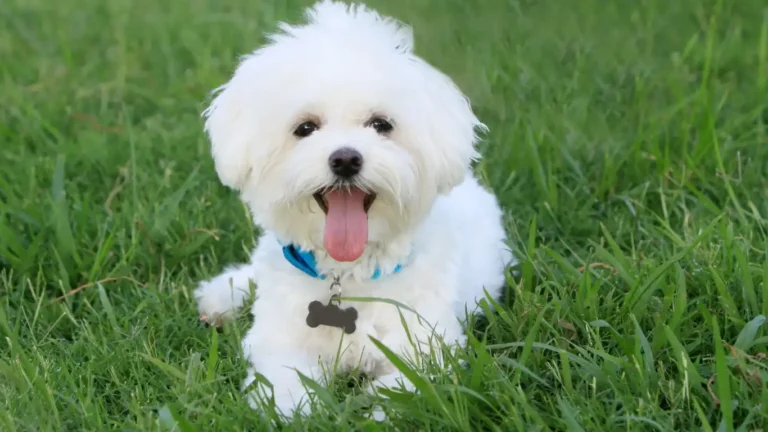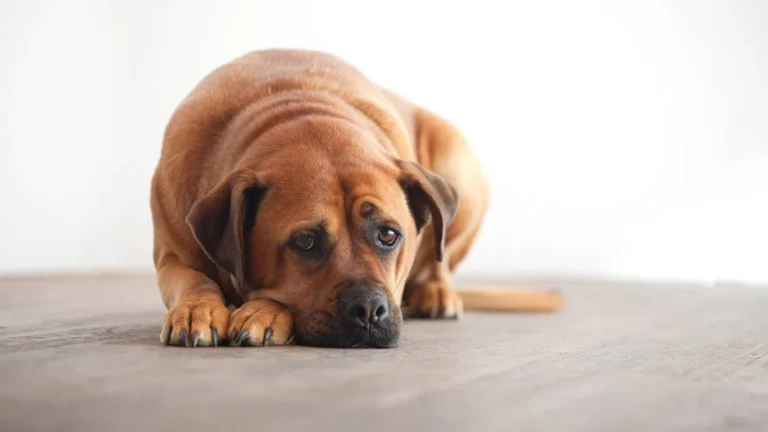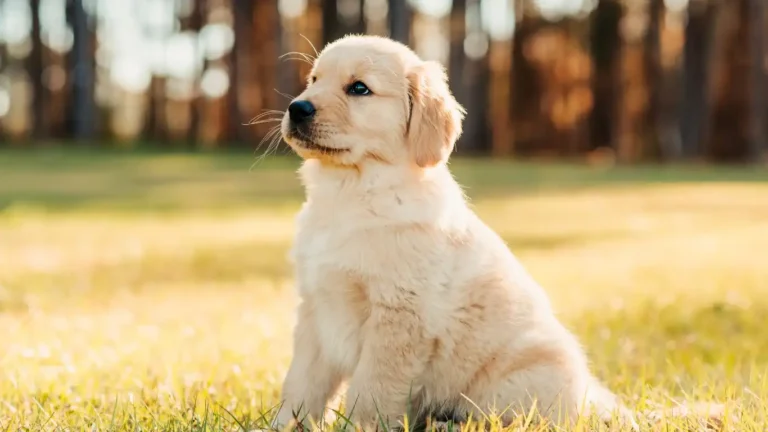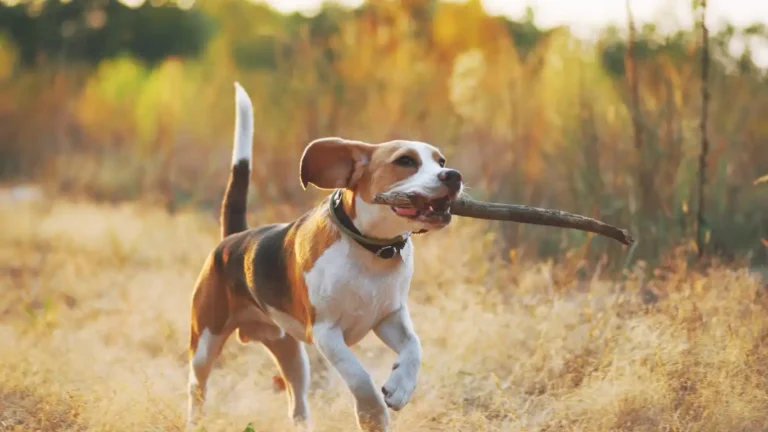How to Clean Muddy Paws Before Entering the House: Quick & Easy Tips
If you’re like me, a pet lover and owner, you know how much joy our furry friends bring into our lives. But let’s be real—sometimes, keeping up with them can be a bit of a muddy challenge! And if you’re a dog parent, you’ve likely found yourself asking, “How do I clean muddy paws before they enter the house?” It’s not just about avoiding dirt on your floor (though that’s a big part of it). It’s also about keeping your home safe and comfortable for both your pets and your family. After all, no one wants muddy paw prints everywhere, right? Trust me, I’ve been there, and I’ve tried plenty of methods. In this guide, I’ll share the best ways to clean muddy paws, tips I’ve learned throughout my years working as a Pet Nutritionist and my time at a veterinary clinic, where I’ve seen first-hand how to care for our pets properly.
Why Cleaning Muddy Paws is Important

Cleaning your pet’s paws isn’t just about keeping your house spotless—it’s about your pet’s health too. Muddy paws can bring in more than just dirt; they can carry harmful bacteria, parasites, and even pesticides into your home. For example, if your dog has been running around in a muddy yard where chemicals have been sprayed or where they’ve stepped on feces from other animals, that mud could contain harmful toxins. And don’t even get me started on how that mud can irritate your dog’s paws! So, taking a few minutes to clean those paws properly before they step inside is crucial for both hygiene and comfort. Trust me, your furry friend will thank you for it!
Start with Prevention: Try to Avoid Excessive Mud in the First Place

Before we dive into the cleaning methods, it’s worth mentioning that preventing muddy paws from happening in the first place can save you a lot of time and frustration. I know, I know—it’s hard to control where your dog goes or what they do. But, with a little bit of strategy, you can minimize the amount of mud they track in. I recommend using a dog boot to protect their paws from mud. Some dogs don’t mind them at all, while others take some time to get used to them. But in cases of extreme mud or slush, these can be lifesavers. It’s also helpful to have a designated ‘muddy zone’ outside where your dog can run free without getting into your clean living space. If you’ve got a good outdoor area for them to play in, you might find that you don’t have to deal with too much mess indoors!
How to Clean Muddy Paws: Step-by-Step
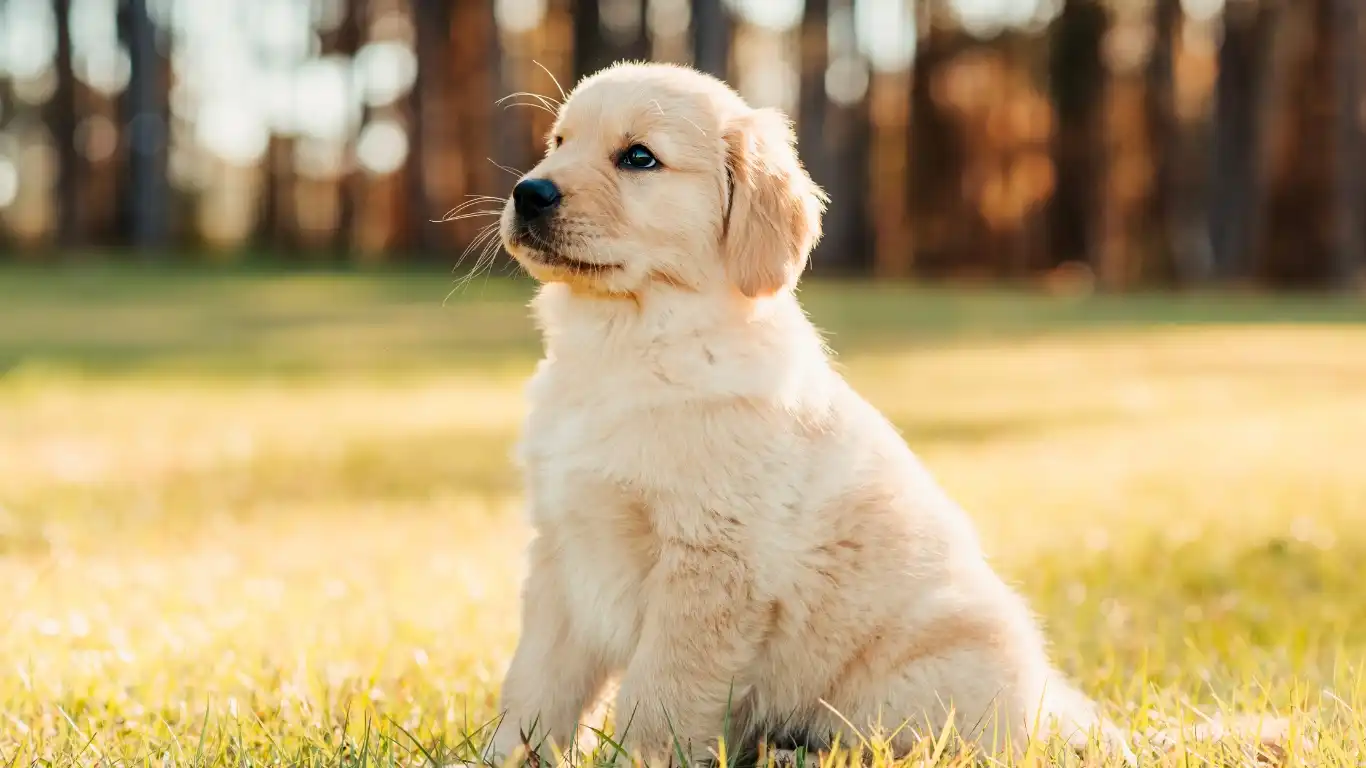
Now let’s talk about the fun part—actually cleaning the muddy paws! Over the years, I’ve learned a few tips and tricks that make the job much easier. Let me share with you some methods you can use, whether you’re at home or on the go.
Method 1: The Simple Towel Approach
This is the method I tend to use most often, especially when I’m at home and don’t want to fuss with too many supplies. Here’s how it works:
- Grab a clean towel. I always keep a few towels near the door so I can wipe their paws right when they come in.
- Moisten the towel with warm water. Not soaking wet, just damp enough to wipe away the mud without making a mess.
- Wipe the paws gently. Be sure to go between their toes to remove all the dirt and debris.
- Dry their paws. After wiping off the mud, use a dry part of the towel to pat their paws dry. This prevents any leftover moisture from irritating their skin.
This method works well for quick clean-ups. The only downside is that it’s not ideal for really muddy paws, as you might need to change towels or rinse them off multiple times. But for a quick wipe-down, this is often all you need.
Method 2: Use a Paw Wash Station
If you’re dealing with a lot of mud or your dog is particularly messy, creating a little paw-washing station by the door can be a total game-changer. Here’s how you can set one up:
- Fill a shallow basin or bucket with warm water. Just enough to submerge your dog’s paws without getting them soaked. You can even add a mild pet-safe soap to help loosen any stubborn dirt.
- Gently dip your dog’s paws into the water. I suggest one paw at a time, especially for nervous pups. Let the dirt soak for a few seconds to make it easier to wipe away.
- Scrub gently with a soft brush or cloth. I recommend using a soft brush to scrub around their pads and between the toes. This will help get rid of all the grime!
- Dry thoroughly with a towel. Don’t skip this part! Drying their paws well will prevent any mud from sticking and help keep their paws from getting sore.
This method is a bit more involved but totally worth it if you’re trying to clean up muddy paws thoroughly. Plus, it helps create a routine that your dog can get used to, making the whole process less stressful over time.
Method 3: Use a Paw Cleaning Mitt or Paw Washer
If you’re looking for something even more effective, there are paw cleaning mitts and paw washers available that make the job a breeze. These tools are designed specifically for dogs, and I’ve found them to be incredibly helpful. I recommend the ones that are designed to gently massage the paws while cleaning. Here’s how to use them:
- Choose a paw cleaner that fits your dog’s paw size. Make sure the mitt or paw washer is comfortable for your dog.
- Insert your dog’s paw into the mitt or washer. The design typically allows the mud to be cleaned off without you having to do much other than guide their paws.
- Rinse or wipe clean after use. Once the paw is clean, you can rinse the mitt off and prepare it for the next paw.
I’ve found that these devices are especially helpful when my dog is really messy after a play session in the yard, and it’s an excellent way to save time.
What Not to Do When Cleaning Muddy Paws
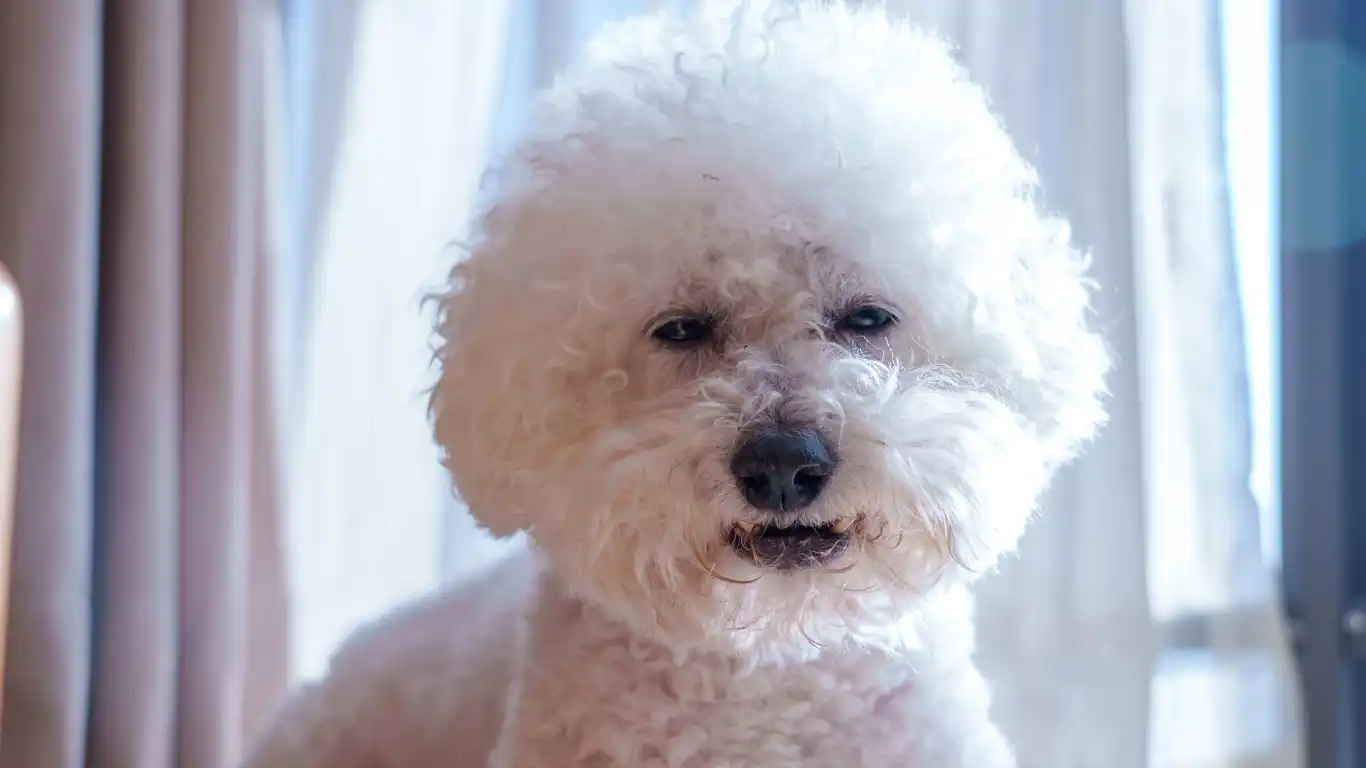
While it’s great to have a cleaning routine for your pet’s paws, there are a few common mistakes you should avoid. I’ve learned the hard way a few times (as I’m sure many pet owners have), so I wanted to share some tips on what not to do when cleaning your dog’s muddy paws.
1. Don’t Use Harsh Chemicals
I get it; the mud on your dog’s paws can be frustrating. But whatever you do, don’t reach for household cleaning chemicals or harsh soaps! I’ve seen a few owners use household products that they think will clean up the mud but end up irritating their dog’s skin. Chemicals in products like bleach, disinfectants, or any harsh household cleaners can cause irritation, rashes, or even burns on your dog’s paws. They’re also unsafe for your dog to lick off. Stick to gentle, pet-safe products—this is something I’ve recommended to countless pet owners during my work in veterinary clinics, and it works wonders!
2. Avoid Rubbing Too Hard
When you’re wiping off all that mud, it might be tempting to scrub the dirt away as fast as possible. But trust me, you don’t want to rub your dog’s paws too hard. The skin on their paws is delicate, and scrubbing too aggressively can cause irritation or even abrasions. Instead, I recommend gently wiping or massaging the paws with a soft cloth or towel. It’s a much gentler approach that will leave your dog feeling comfortable.
3. Don’t Skip Drying Completely
After cleaning your dog’s paws, don’t forget to dry them thoroughly. Damp paws can lead to discomfort or infections. A wet paw can attract more dirt, or the moisture can make their pads chafe or even develop sores. Always use a clean towel to dry each paw after wiping away the mud. It’s a quick step, but skipping it can lead to bigger problems down the road. I learned this lesson after my dog started developing irritated pads from damp paws that weren’t fully dried off. Lesson learned!
How to Care for Your Dog’s Paws After Cleaning
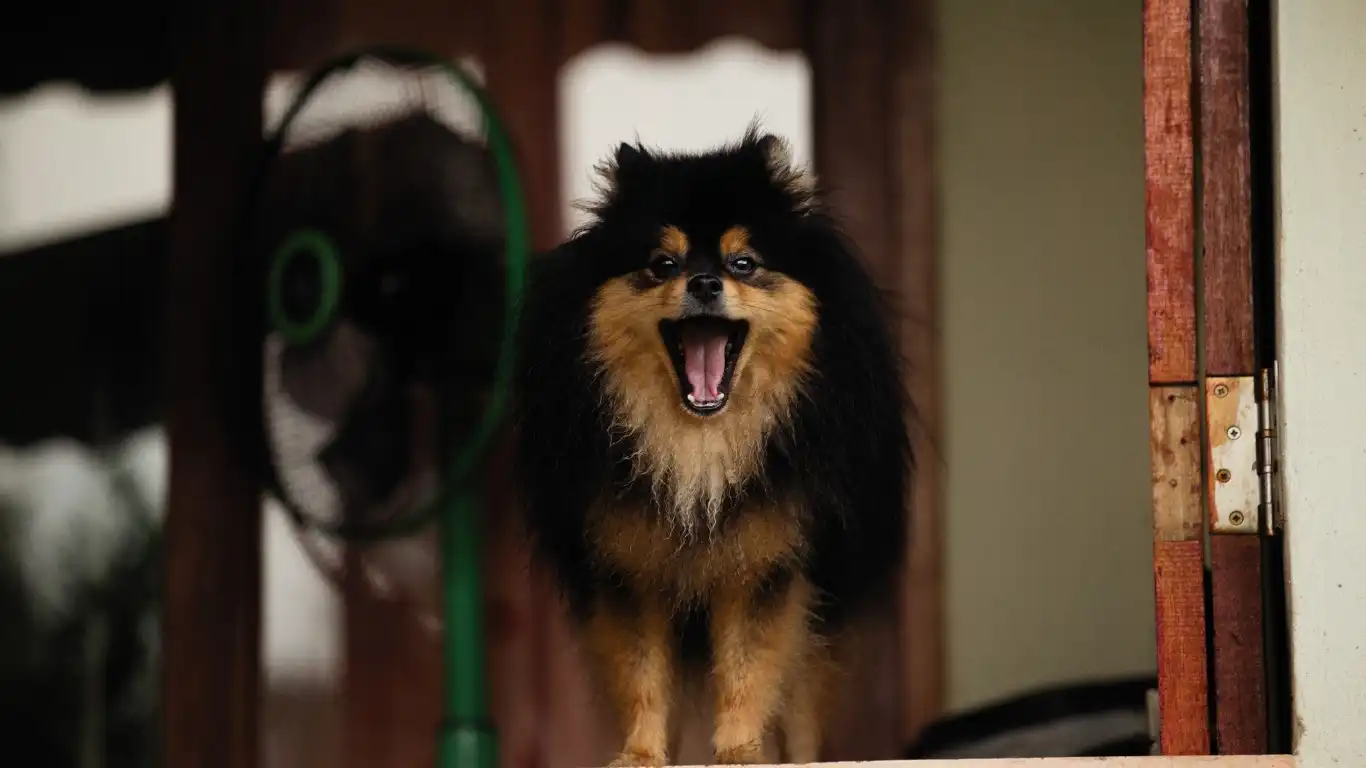
Now that you know how to clean those muddy paws, it’s just as important to take care of the paws afterward. After all, they’re doing a lot of work supporting your dog through all their adventures, so showing some extra love is always a good idea. Here are a few tips on how to keep those paws happy and healthy:
1. Regular Paw Checks
It’s easy to focus on cleaning the mud off, but don’t forget to check for injuries or irritation. During your cleaning routine, take a moment to check for cuts, thorns, or any debris that might have gotten stuck in your dog’s paws. I’ve found that regular checks can prevent small issues from becoming big problems. Whether your dog’s paw pads are dry, cracked, or have small cuts, early detection means you can take care of them before they become painful or infected. If you find something that needs attention, it’s always best to consult your vet for the proper care.
2. Moisturize Their Paws
Just like humans, dogs can have dry, cracked skin, especially on their paws. I’ve had a few clients come into the clinic with dogs whose paw pads were so dry they were almost cracked open. This can be painful for your pet, and it’s a good idea to moisturize their paws regularly, especially during the colder months or if they spend a lot of time walking on hard surfaces like pavement. There are plenty of pet-safe paw balms available that you can apply after cleaning their paws. I like using all-natural balms that help keep their pads soft and supple, preventing cracks and dryness. You can ask your vet for recommendations based on your dog’s specific needs.
3. Keep Their Nails Trimmed
While you’re cleaning your dog’s paws, it’s a great time to check their nails. Long nails can cause discomfort and even affect how your dog walks. Regular trimming is key to ensuring they’re walking comfortably, especially if your dog tends to run around outside a lot. I’ve learned from my experience as a pet care expert that regular nail trims (every 2–3 weeks) are essential for paw health. If you’re unsure how to trim your dog’s nails or if it makes them anxious, it might be worth getting a professional groomer or vet to do it for you.
Keep the Clean Paw Routine Consistent
Now that you’ve got the cleaning and aftercare steps down, let’s talk about consistency. Dogs thrive on routine, and cleaning their paws shouldn’t be a one-time event when they’ve just returned from a muddy walk. I recommend keeping up with cleaning their paws every time they come inside—whether they’ve been playing in the mud or not. It’s something that will become second nature to both you and your pet over time. Plus, if you stay on top of it, it’ll become less of a hassle, and your pet will be more cooperative during each cleaning session.
Building a Habit
One thing I’ve found is that the more consistently you clean your dog’s paws, the less your dog will mind it. At first, they might not understand why you’re wiping their paws, but as you make it a regular part of your routine, they’ll get used to it. A lot of dogs even start to enjoy the attention—especially if you give them a little reward afterward! Whether it’s a treat or a play session, it helps create a positive association with the cleaning process, making it easier in the long run.
Alternative Cleaning Methods for Active Dogs

If you’ve got an active dog who loves to get dirty, you might need some extra help keeping their paws clean. There are some alternative cleaning methods that are quick and easy, perfect for when you’re on the go or your dog is constantly outdoors. Let’s dive into a couple of options that I’ve personally found useful:
Paw Cleaning Wipes
If you don’t have time for a full wash, paw cleaning wipes are a fantastic alternative. These wipes are pre-moistened with gentle, pet-safe ingredients that clean off dirt and mud in a pinch. They’re small and portable, which makes them perfect for trips to the dog park or after a walk around the neighborhood. Just make sure to choose wipes that are free of alcohol, fragrances, or other harsh chemicals, as these can irritate your dog’s skin. I always keep a pack of these wipes in my car for emergencies!
Paw Washers and Portable Systems
If you don’t mind investing in a little gadget, there are also portable paw washers available. These handheld devices work by gently washing your dog’s paws with a pressurized stream of water. They’re great for quick clean-ups, and I’ve found them to be especially helpful when my dog comes in from a particularly muddy hike or run. These washers are designed for travel, so you can take them on trips and use them at the park or beach as well.
Case Studies & Real-Life Examples
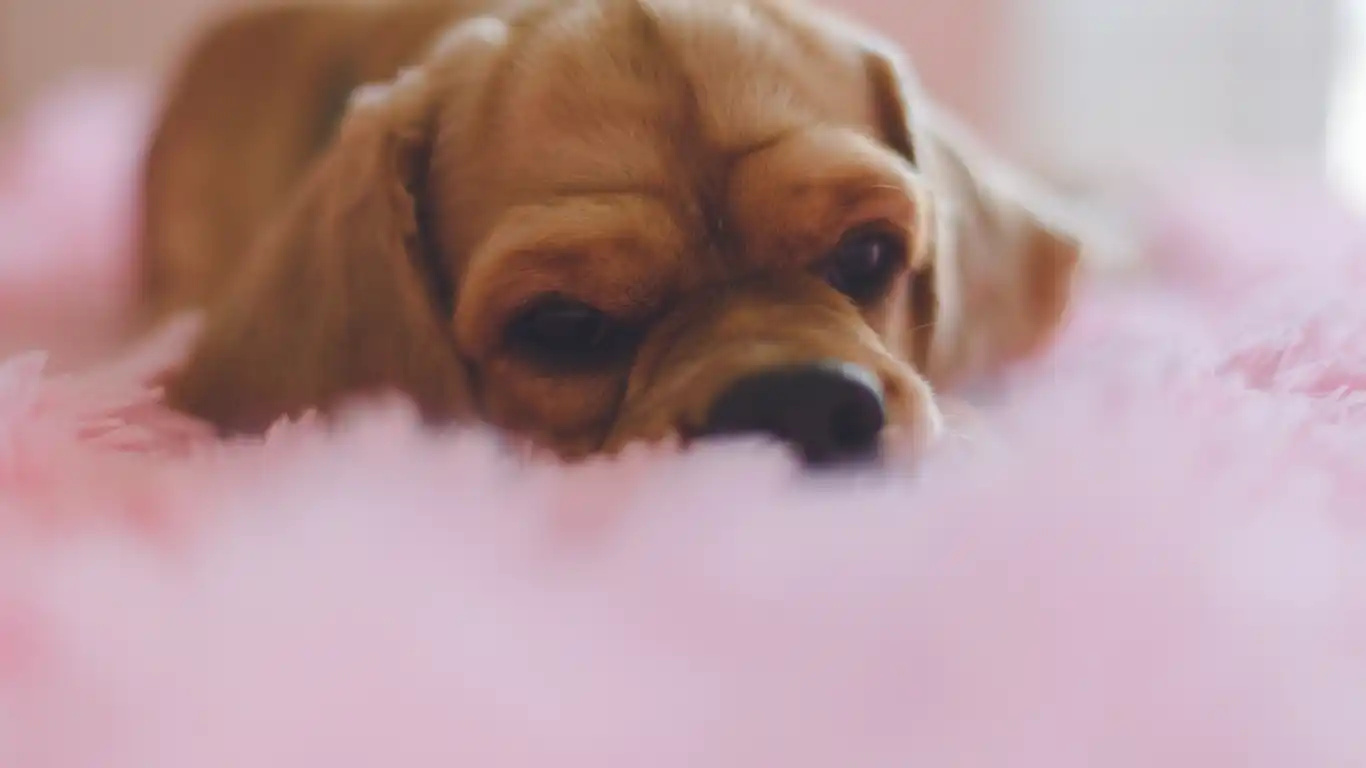
When it comes to cleaning muddy paws, real-life examples can often offer the best insights. Let me share a couple of stories from my time in the veterinary clinic to illustrate how important it is to keep up with paw care and cleaning.
Case Study 1: Max the Adventurous Labrador
Max is a Labrador retriever with a ton of energy, and let me tell you, his owner has to keep up with him! Max’s owner came to me after noticing that his paws were often inflamed and cracked. After hearing about their daily walks in the woods, I realized that Max was exposed to not only dirt but also debris and even some harsh chemicals from pesticides. The issue wasn’t just the mud—it was the bacteria and irritants Max was bringing inside.
After suggesting a consistent paw-cleaning routine that included using a paw washer after each walk and moisturizing his paws regularly, Max’s condition drastically improved. His paws became less irritated, and his owner noticed that Max was no longer licking or chewing on his paws. Regular paw care isn’t just for keeping your house clean; it’s a major part of your dog’s overall health. This case really drove home the importance of washing off those outdoor elements!
Case Study 2: Bella the Senior Poodle
Bella is a senior poodle who loves to wander around the garden but has started slowing down due to arthritis. Her owner reached out to me because Bella was having trouble walking, and they noticed her paws were often dry and cracked. The issue wasn’t mud this time, but dry, cracked pads due to lack of attention and improper care.
In Bella’s case, I recommended a combination of paw balm to keep her pads moisturized, along with daily gentle cleaning with a damp cloth. I also suggested limiting Bella’s time on hard, rough surfaces and offering her a cozy, soft bed to rest her paws. After just a few weeks, Bella’s paws were in much better shape, and she was more comfortable moving around. Bella’s story highlights the importance of not just cleaning muddy paws but also caring for your dog’s paws at every stage of their life, particularly as they age.
Key Takeaways: What You Need to Remember
Now that we’ve covered the essentials of cleaning muddy paws and taking care of your dog’s feet, here are a few key takeaways to remember:
- Clean your dog’s paws regularly to prevent dirt, bacteria, and harmful chemicals from entering your home and irritating their paws.
- Use gentle, pet-safe products when cleaning their paws. Avoid harsh chemicals or soaps that can cause skin irritation.
- Moisturize their paws regularly, especially during dry or cold weather, to prevent cracks and dryness. A little paw balm goes a long way!
- Dry their paws thoroughly after cleaning. Damp paws can lead to discomfort, infections, or even fungal growth.
- Check their paws for injuries after cleaning. Look for cuts, splinters, or signs of irritation that may require medical attention.
- Consistency is key—making paw care a routine will help your dog get used to it and will ensure their paws stay healthy year-round.
FAQs
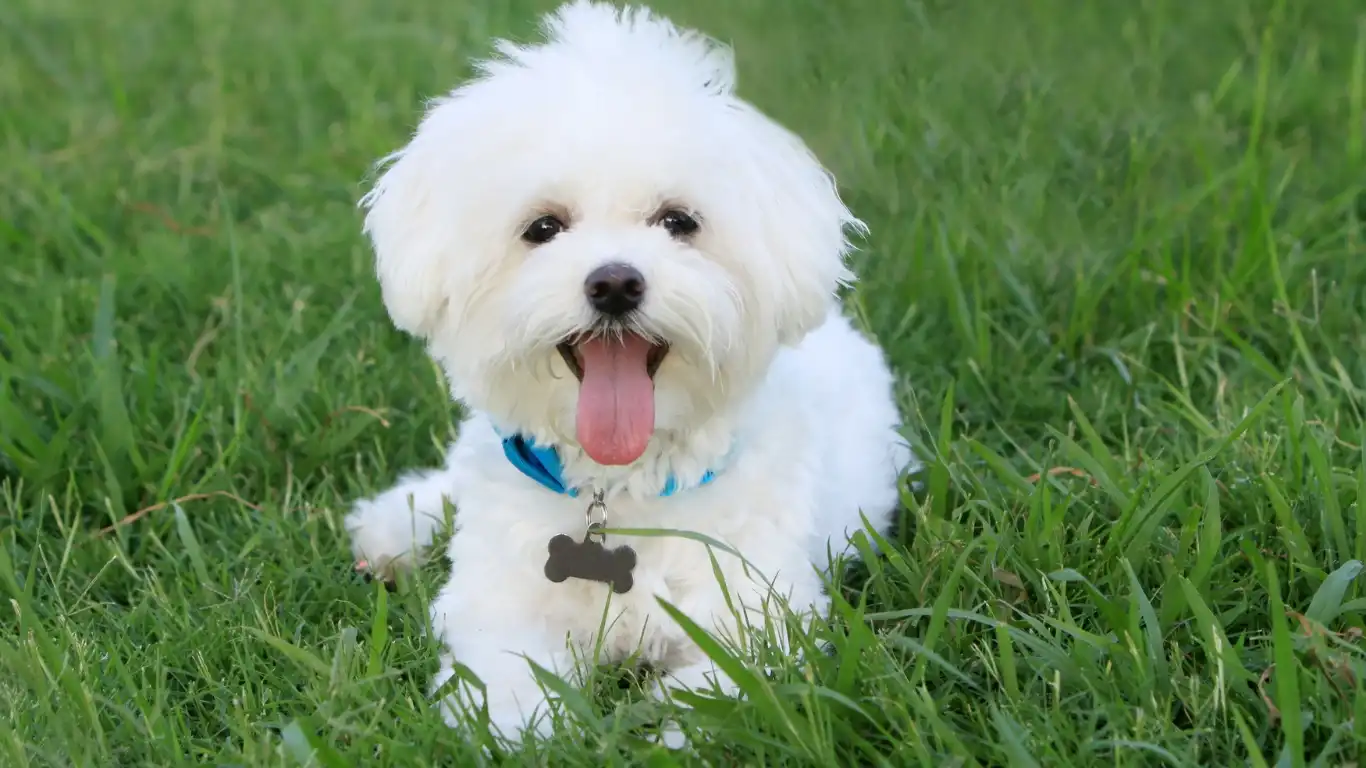
Here are some frequently asked questions about cleaning your dog’s muddy paws. If you have any other questions, feel free to reach out!
1. How often should I clean my dog’s paws?
It’s best to clean your dog’s paws every time they come inside, especially if they’ve been outside playing in mud or dirt. Consistency is key! However, if your dog has stayed inside or hasn’t been in anything too messy, you can clean their paws less frequently—just be sure to check for any debris or injuries.
2. Can I use baby wipes to clean my dog’s paws?
While baby wipes are a popular go-to for many dog owners, I recommend avoiding ones with fragrances, alcohol, or harsh chemicals. Opt for wipes specifically designed for pets, as they are made with ingredients that are safe for your dog’s skin and paws.
3. What should I do if my dog’s paws are injured or infected?
If your dog’s paws show signs of injury, infection, or severe irritation (redness, swelling, or discharge), it’s best to consult with a veterinarian. Paw injuries can become infected quickly, and a vet can provide the proper treatment and advice for healing.
4. Can I use regular soap and water to clean my dog’s paws?
While regular soap can be used, I suggest avoiding harsh soaps, as they can dry out or irritate your dog’s skin. Opt for pet-safe cleaning solutions or simply use water and a damp cloth for a gentler approach. Always check the ingredients before using any cleaning product on your pet!
Bonus: Additional Resources or DIY Tips
Looking for more ways to care for your dog’s paws? Here are some bonus resources and DIY tips that can help:
1. DIY Paw Balm
If you’re into DIY, you can easily make your own paw balm at home using ingredients like coconut oil, beeswax, and shea butter. These natural ingredients are safe for your dog’s paws and will keep them moisturized. You can find plenty of recipes online, and it’s an easy, cost-effective way to pamper your pet’s paws.
2. Dog Booties for Muddy Days
On those especially muddy days, dog booties can be a game-changer. They protect your dog’s paws from the elements, keeping them dry and clean. If you’re walking in an area with chemicals or rough terrain, booties are a great choice. Plus, some dogs even enjoy wearing them once they get used to them!
Appendix: Table, References, Disclaimer, and Call to Action
References: If you’re interested in learning more about dog paw care, I recommend checking out the following trusted resources:
Disclaimer: This article is for informational purposes only. If your dog is experiencing serious paw health issues, please consult a veterinarian for personalized advice and treatment.
Call to Action: Keeping your dog’s paws clean and healthy is essential for their comfort and well-being. Make paw care a routine in your household today, and your dog will thank you! If you found these tips helpful, feel free to share this article with fellow pet owners who could benefit. And don’t hesitate to reach out with any questions—you’ve got this, and so does your dog!
